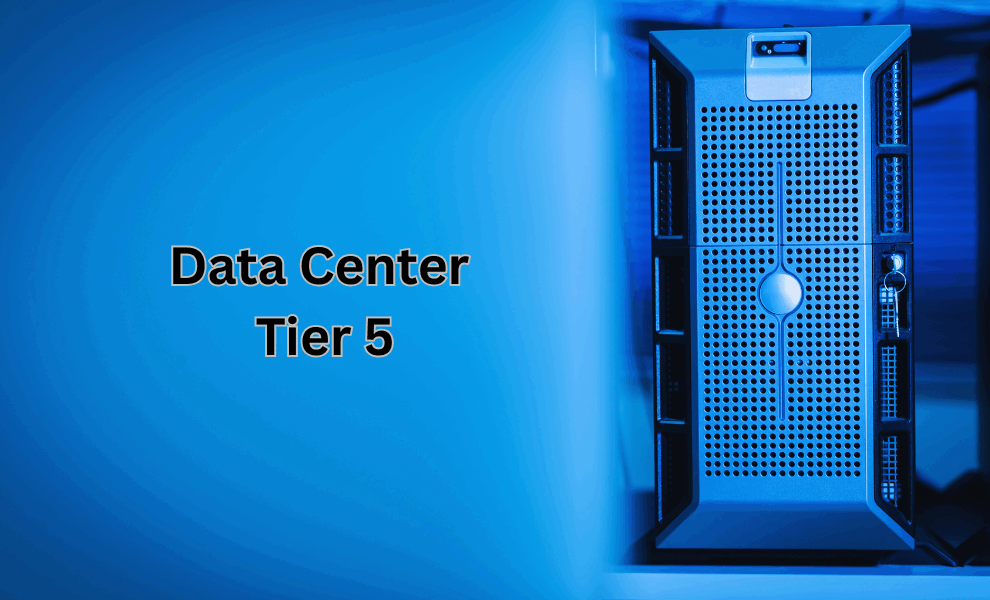A business commonly depends upon the applications, administrations, and information contained inside the data center, making it a point of focus and primary resource for ordinary activities.
A data center is a facility built out of arranged computers and capacity that organizations or different associations use to organize, process, store, and disseminate a lot of information.
The concept uptime classification levels were originally given by Ken Brill, founder of the Uptime Institute. He created the Tier system (Tier I, II, III, or IV).
The highest level of availability is Tier IV, which is typically defined as “Fault-Tolerant and Concurrently Maintainable.”
What is the Tier 5 data center?
Tier 5, an up-gradation to Tier 4, is a new standard in data center requirements. Tier 5 data centers must fulfill the guidelines from Tier 4, in addition to a few extra ones.
For instance, Tier 4 always run without water, have outside air pollutant recognition, permanently installed stored energy system monitors, securable server racks, and much more.
Besides these, Tier 5 data centers are required to keep running on nearby renewable power projects.
Additionally, it evaluates 30 more key elements, few of which increase the period of power system capabilities, availability of network carriers, cooling system available within the data center, network security and 100% utilization of sustainable power source
Switch Announced Its New Tier 5 Data Center Standard
Switch is an ecosystem corporation that is all into core design, construction, and operation of the data centers.
Their technology is one of the best when it comes to providing data storage centers.
Switch introduced a new proprietary Tier 5 Data Center Standard which is expected to be the most comprehensive standard in the industry.
The new Tier 5 standard was created with an end goal to lessen the absence of transparency and upgrade the quality of data center rating principles.
Switch’s plan is to utilize the Tier 5 standard as the initial step to create the new and open, Data Center Standards Foundation (DCSF).
That will work in contrast to revenue-driven Uptime Institute, which offers its certification administrations to similar clients pursued by Uptime Institute’s parent, ‘The 451 Group’.
In an aggressive move, Tier 5 is more complete and thorough than Uptime’s four-level rating framework.
Once you understand more about the data center tier’s standards and requirements, you will be able to decide.
Or else choose a data center or colocation provider that will work best for your company’s needs and budget.
You May Also Like to Read:
Data Center Tier 4 Explained


